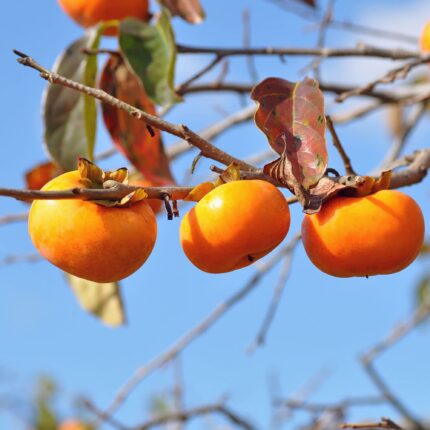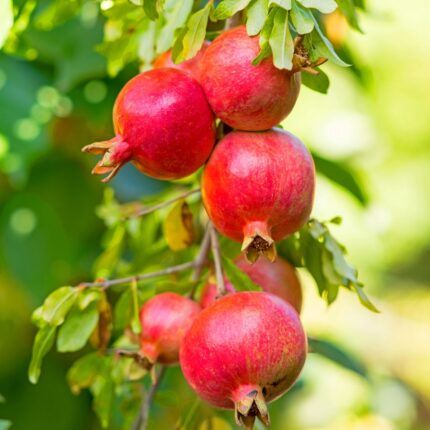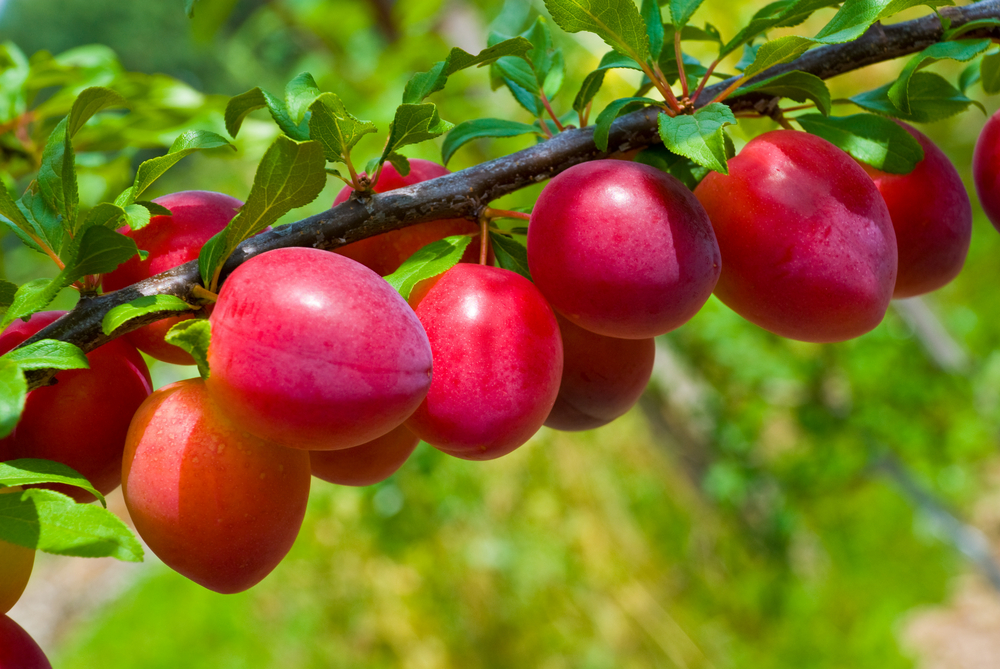**Title: Plum Plants: A Bounty of Sweetness in Your Garden**
Plums are a delightful addition to any garden, offering a bounty of sweet and juicy fruits. At Plant.pk, we’re thrilled to bring you the opportunity to cultivate your very own Plum Plants. In this guide, we’ll cover the plantation, care, fruiting process, common pests and diseases, and the art of harvesting plums.
**Plantation:**
– **Location:** Choose a sunny location in your garden that receives at least 6-8 hours of sunlight per day. Plums thrive in full sun.
– **Soil Preparation:** Ensure your soil is well-draining and rich in organic matter. Plums prefer slightly acidic to neutral soil with a pH of 6.0-7.0.
– **Spacing:** Plant plum trees about 10 to 20 feet apart, depending on the variety. Dwarf plum trees can be spaced closer together.
– **Planting:** Plant your plum tree at the same depth it was in the nursery container. Water thoroughly after planting.
**Care:**
– **Watering:** Keep the soil consistently moist, especially during the tree’s early years. Water deeply but infrequently to encourage deep root growth.
– **Fertilization:** Apply a balanced fertilizer with a 10-10-10 or 14-14-14 NPK ratio in early spring before the growing season.
– **Mulching:** Apply a layer of mulch around the base of the tree to retain moisture, regulate soil temperature, and suppress weeds.
– **Pruning:** Prune your plum tree during the dormant season to maintain its shape, remove dead or diseased branches, and encourage fruit production.
**Fruiting:**
– **Flowering:** Plum trees typically flower in early spring, depending on the variety. Be patient, as it may take a few years for your tree to bear fruit.
– **Fruit Development:** After flowering, small green plums will begin to develop. They will grow and ripen over the summer, with fruit typically ready for harvest in late summer to early fall.









Reviews
Clear filtersThere are no reviews yet.